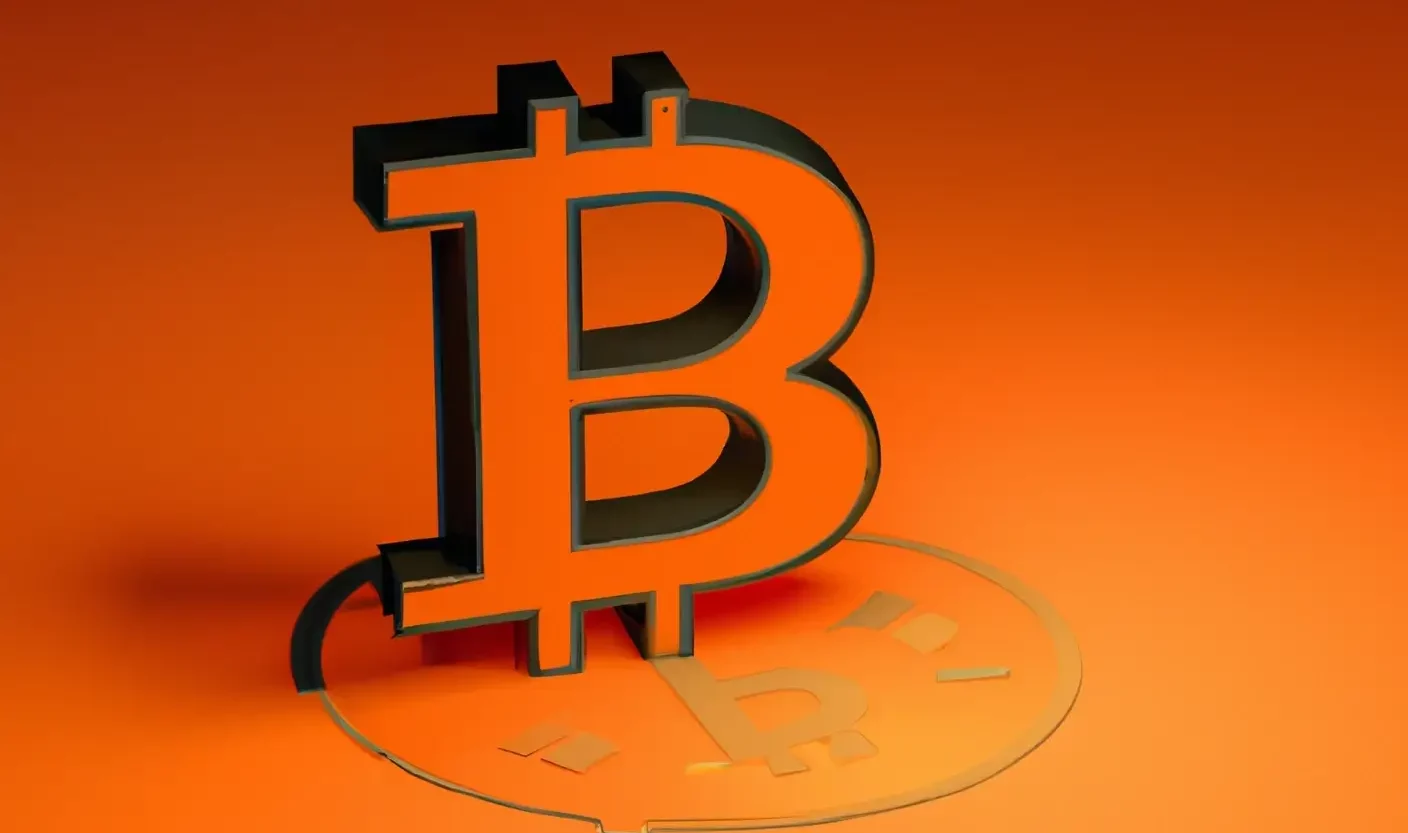Explosive Bitcoin Price Prediction From VanEck CEO
11.11.2024 11:00 1 min. read Kosta Gushterov
Bitcoin has been making significant strides, recently surging to over $81,000. This surge could be attributed to growing demand from U.S.-based traders, Donald Trump's recent election victory, and the latest rate cut by the Fed.
Analysts are optimistic about Bitcoin’s future, with figures like Jan Van Eck, CEO of VanEck, predicting that the cryptocurrency could exceed $300,000 in the coming years.
This prediction is in line with others in the market, including Fundstrat’s CIO, who expects Bitcoin to surpass $100,000 before the end of the year. Van Eck himself describes his forecast as conservative, suggesting that Bitcoin could well exceed this mark, given the current market conditions.
The rising demand for Bitcoin is not only driven by retail traders but also by growing institutional interest, particularly in Bitcoin ETFs. A notable $1.37 billion was recently injected into Bitcoin ETFs, signaling a strong appetite from investors seeking exposure to the cryptocurrency.
READ MORE:

Why 2025 Could Be Crypto’s Best Year Yet
This demand, along with the favorable stance towards Bitcoin from political figures like Donald Trump, who has expressed plans to make the U.S. the “Bitcoin capital,” contributes to the asset’s bullish momentum. Van Eck believes Bitcoin will continue to rise and eventually reach half of gold’s total market valuation, further solidifying its role as “digital gold.”
-
1
Bitcoin’s Price Closely Mirrors ETF Inflows, Not Corporate Buys
26.06.2025 11:00 2 min. read -
2
Crypto Company Abandons Bitcoin Mining to Focus Entirely on Ethereum Staking
26.06.2025 20:00 1 min. read -
3
Bitcoin Hits New All-Time High Above $112,000 as Short Squeeze and Tariffs Fuel Rally
10.07.2025 0:35 2 min. read -
4
Strategy Boosts Bitcoin Holdings to 597,325 BTC with Latest Purchase
30.06.2025 15:23 2 min. read -
5
Bitcoin ETF Inflows Hit $2.2B as Market Calms After Ceasefire
25.06.2025 17:00 1 min. read
Bitcoin Reaches $119,000 Milestone as Corporate Demand and ETF Inflows Rise
Bitcoin soared to a new all-time high above $119,000 on July 13, extending its bullish momentum on the back of institutional accumulation, shrinking exchange reserves, and technical breakout patterns.
Bitcoin Dominance Nears Key Resistance — Is Altseason Coming Next?
A major shift in the crypto cycle may be approaching as Bitcoin dominance (BTC.D) once again reaches critical long-term resistance.
Bitcoin Sparks Clash Between Mike Novogratz and Peter Schiff
Galaxy Digital CEO Mike Novogratz reignited a long-running feud with economist and gold advocate Peter Schiff after the latter criticized Биткойн yet again.
Peter Schiff Warns of Dollar Collapse, Questions Bitcoin Scarcity Model
Gold advocate Peter Schiff issued a stark warning on monetary policy and sparked fresh debate about Bitcoin’s perceived scarcity. In a pair of high-profile posts on July 12, Schiff criticized the current Fed rate stance and challenged the logic behind Bitcoin’s 21 million supply cap.
-
1
Bitcoin’s Price Closely Mirrors ETF Inflows, Not Corporate Buys
26.06.2025 11:00 2 min. read -
2
Crypto Company Abandons Bitcoin Mining to Focus Entirely on Ethereum Staking
26.06.2025 20:00 1 min. read -
3
Bitcoin Hits New All-Time High Above $112,000 as Short Squeeze and Tariffs Fuel Rally
10.07.2025 0:35 2 min. read -
4
Strategy Boosts Bitcoin Holdings to 597,325 BTC with Latest Purchase
30.06.2025 15:23 2 min. read -
5
Bitcoin ETF Inflows Hit $2.2B as Market Calms After Ceasefire
25.06.2025 17:00 1 min. read

